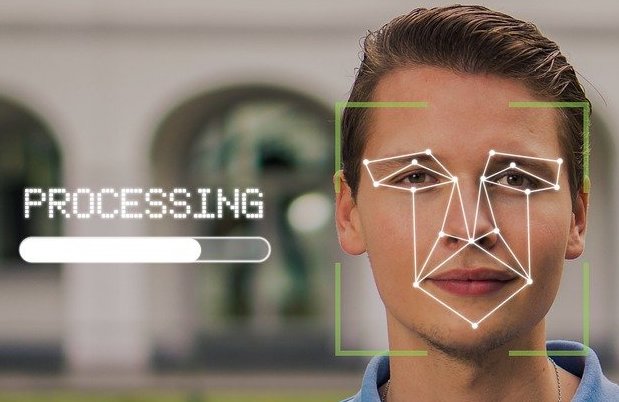A key component of face verification is the use of algorithms. These programs begin by trying to detect a human eye, which forms the valley region of a face. These are the easiest features to recognize, and they can be used to test whether a person is a real person. The algorithm will also try to detect other features such as nostrils, mouth, eyebrows, and iris. After these features are identified, it will run additional tests to determine whether a person is a real person or an artificially created one.
In addition to offering face verification technology, full-face authentication is also available in many applications, from airport security to online banking. Neurotechnology’s solution is designed to be fully integrated into consumer and enterprise applications, and it provides a versatile API for developers to implement their vision-based biometric system. Its robustness and reliability enable it to be implemented in real time, and it includes advanced features such as liveness detection and anti-spoofing mechanisms, which ensure privacy while maintaining usability.
One of the most common application scenarios is for face unlocking. In this scenario, a terminal device compares the user’s pre-registered photo with a photograph taken on-the-spot. This allows the system to verify a person’s identity. Such face verification technologies have numerous benefits, including the addition of a second authentication factor. For example, face authentication can be used in airports and highway security checks, where a subject must hold an ID card and go through a specialized inspection channel.
Development of face verification algorithms
With the development of face recognition algorithms, the number of applications that use face verification is increasing. Its application in many fields is expanding, and its accuracy is improving. The Face Verification technology is available for use in mobile devices, which is one reason that the technology is now so widely deployed. And this technology continues to evolve. With new features like multi-modal recognition, it can be easily implemented in a variety of applications. Its popularity will continue to grow, and the possibilities are endless.
Currently, face unlocking is the most common application scenario. In this case, a terminal device compares a pre-registered photo with a photo collected on the spot. This allows a person to be recognized even with a beard or heavy makeup. In this case, the process is completely transparent to the user. Aside from a convenience, face unlocking is also essential for online security. It is used for access control.
Face verification is necessary
A face unlocking is a common application scenario, and it works by comparing a user’s pre-registered photo with a photo taken on-the-spot. Once the two photos match, the terminal device is able to confirm the identity of the user. The 1:1 comparison is used in various fields, from financial transactions to information security. For example, the technology is widely used in airports and highway security checks, where the person must hold an ID card and go through an inspection channel.
Face verification is necessary to ensure the safety of online transactions. This technology is a great solution for security concerns and has many applications. With face verification, a person’s identity is verified instantly without the need for an ID card. It can also be used for social security. This technology is available on iPhones and is used in a variety of ways. So, you’ll be able to identify a person even if they have strong facial makeup and a beard.

